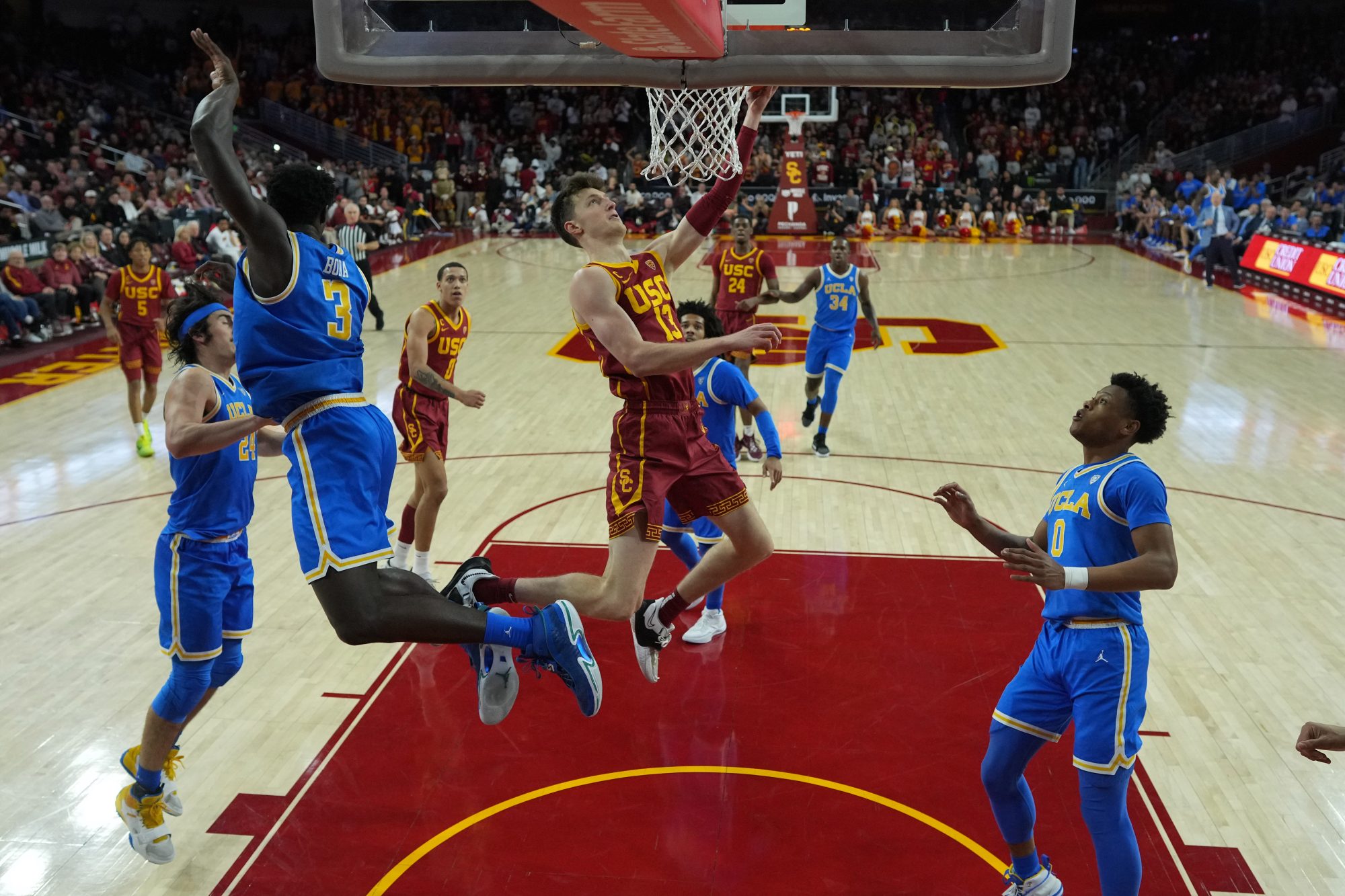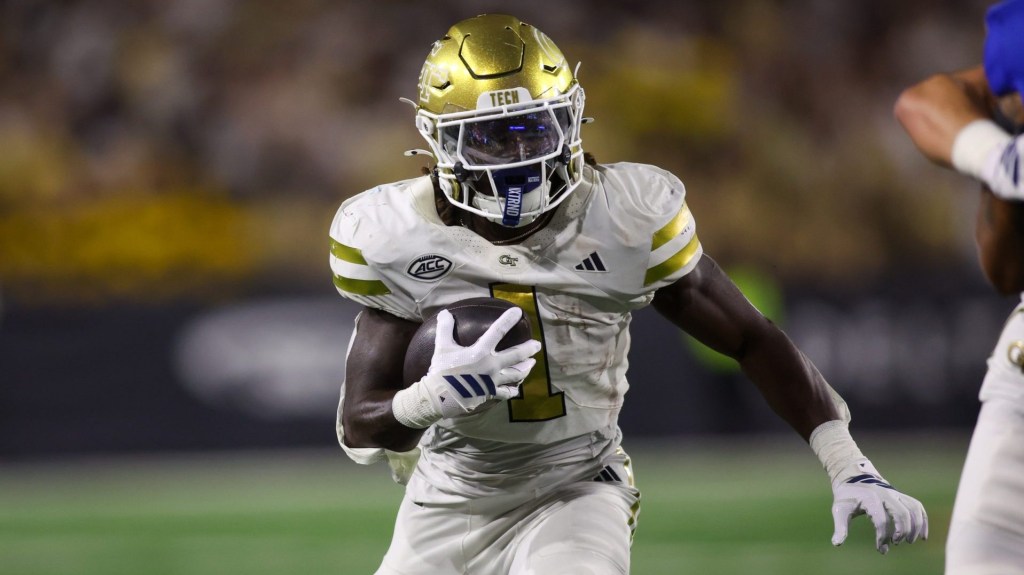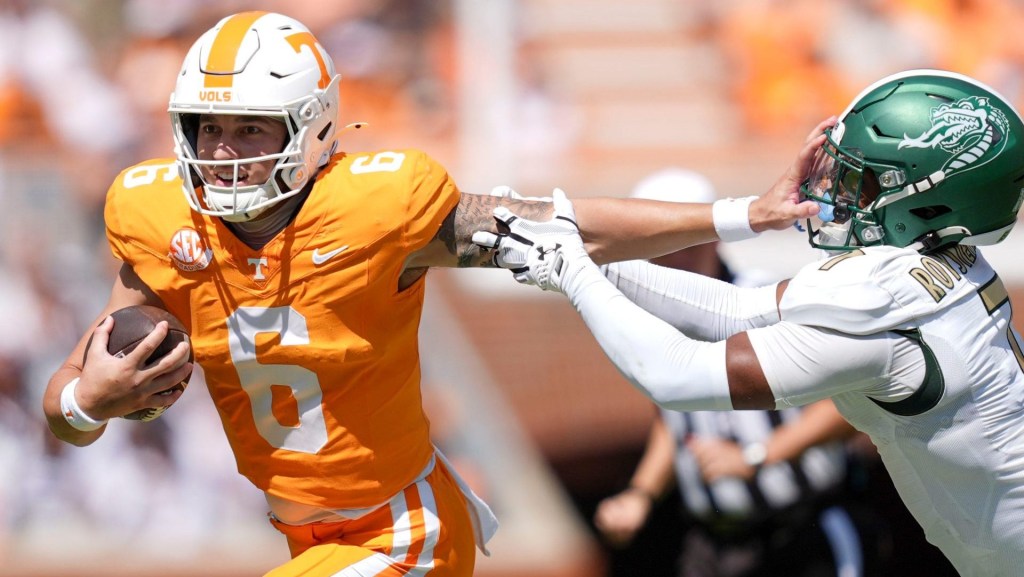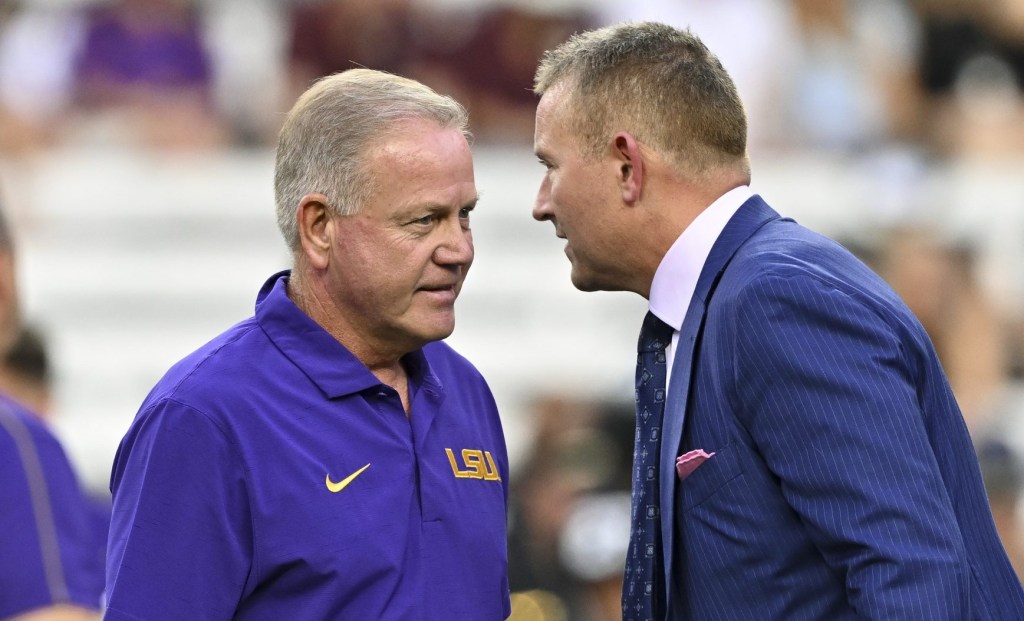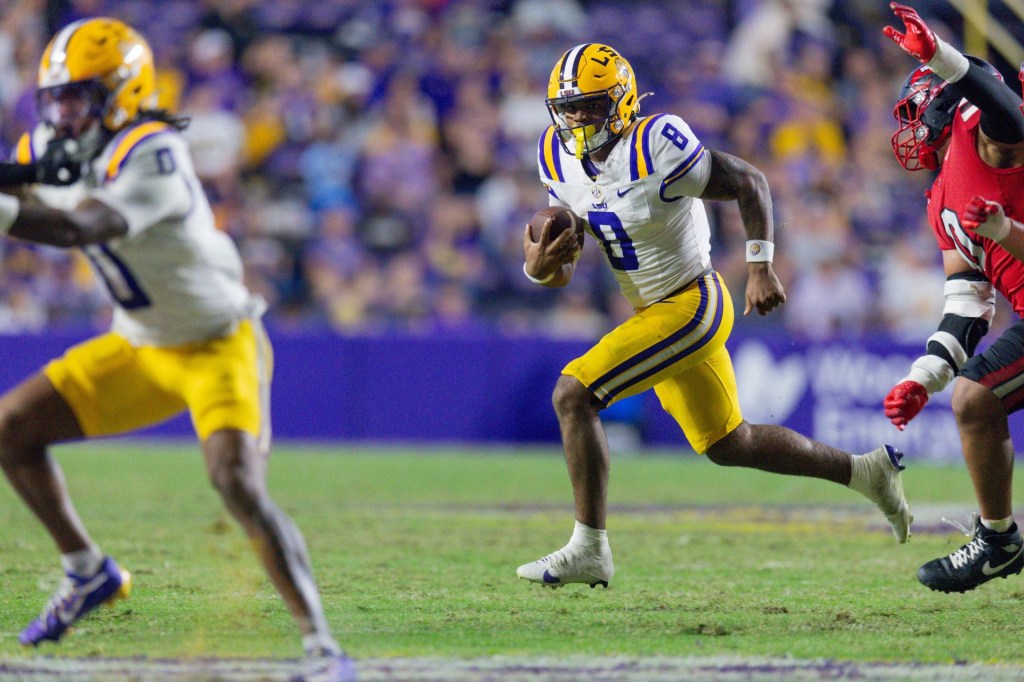This season, the Pac-12 as we know it will host a college basketball season for the last time. After the conference dissolves, the landscape of the sport will change.
Conference realignment moves were made in the pursuit of increased revenue from football-based TV contracts. But D-I college basketball will undergo major changes, from changing rivalries to increased physical and mental strain for athletes with travel.
The ultimate fate of the Pac-12 is unclear — the two remaining members, Washington State and Oregon State, are embroiled in litigation to determine whether they can take control of the conference’s assets to try to rebuild it. It’s also possible that the Mountain West could invite the two schools and take over the Pac-12’s name, as FOS previously reported.
But the conference, long known as a men’s and women’s basketball powerhouse, will look much different, even if it survives. Some of those storied basketball programs, including USC, UCLA, and Stanford, have now joined conferences in the Big Ten and ACC that span coast-to-coast.
At this point, men’s basketball coaches’ biggest concern is travel logistics, National Association of Basketball Coaches executive director Craig Robinson told Front Office Sports. Coaches nationwide spoke out in press conferences and on social media to voice their disdain for being dragged along to a new conference because of football.
Both men’s and women’s seasons span two semesters and require multiple games per week, meaning athletes will travel much more often than football teams.
“You have to be very intentional in trying to make it so that it doesn’t put the student-athlete in a precarious position from a health standpoint, from a mental health standpoint, and an academic standpoint,” Robinson said. “It’s just going to be tough for the student-athlete.”
At Big East media day in October, coaches expressed relief that they didn’t have to deal with the realignment headache.
“When they talk about student welfare and, you know, travel — just think about this: Stanford is in the ACC,” Georgetown men’s coach Ed Cooley told reporters at Big East Media day.
Administrators like ACC commissionerJim Phillips have promised “creative” scheduling models that will decrease travel time. UCLA promised millions in extra travel spending and mental health resources for athletes to help with the new daunting schedules. But overall, the fears of coaches and athletes have not been assuaged.
“Other conferences — they’re diminishing the importance of geography,” Big East Commissioner Val Ackerman told FOS. “We’ll be interested to see how that works out for them.”
While new rivalries will undoubtedly emerge, it will be more difficult — though not impossible — to keep traditional ones going.
Some, like USC-UCLA, will be able to continue under a new conference umbrella. But others, like Oregon-Oregon State, are being ripped apart.
Robinson explained these traditions will only survive if schools agree to contracts to play each other during the non-conference portion of their season. Georgetown, for example, plays an annual non-conference matchup against traditional foe Syracuse — reinvigorating the rivalry in 2015.
One bright spot: the men’s and women’s Division I NCAA tournaments will likely remain unchanged. Given the uncertainty around the future of the Pac-12, it’s unclear how many conferences will have automatic bids going forward (each conference champion gets a spot in the tournaments). But ultimately, the ranking system will continue as is, and the number of teams making into the tournaments should be unaffected.
While the final season of the current basketball world gets underway, the NABC, for its part, is still advocating to get men’s basketball coaches more of a say in the future of college sports. Robinson says the organization has made some progress. But the recent round of realignment shows basketball, even as the second-most lucrative sport, is often an afterthought.
“You could have every single coach say, ‘We don’t think this is a good idea,’” Robinson said. “But if it’s a good idea financially, and for the institution, and for the ecosystem — it’s going to take place.”
